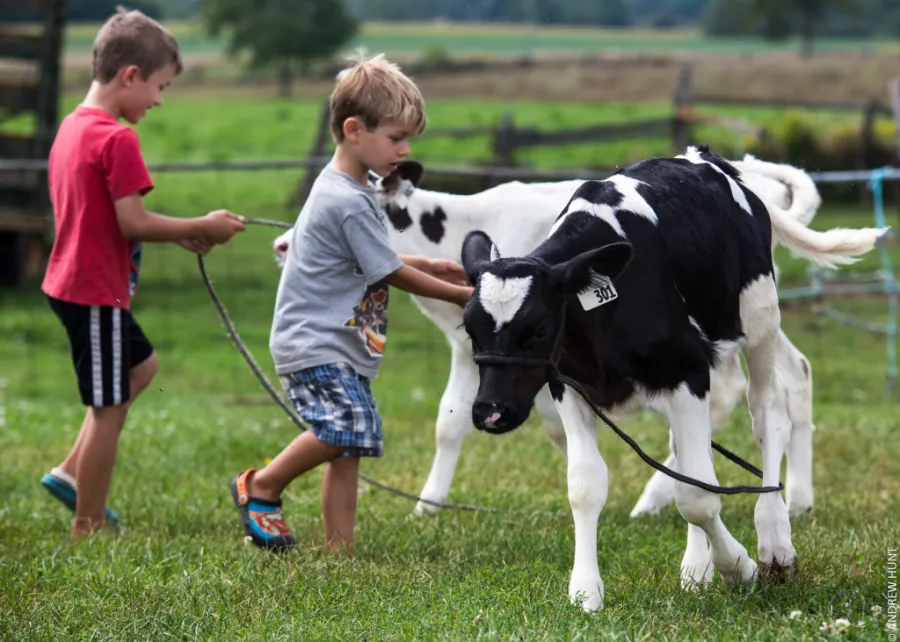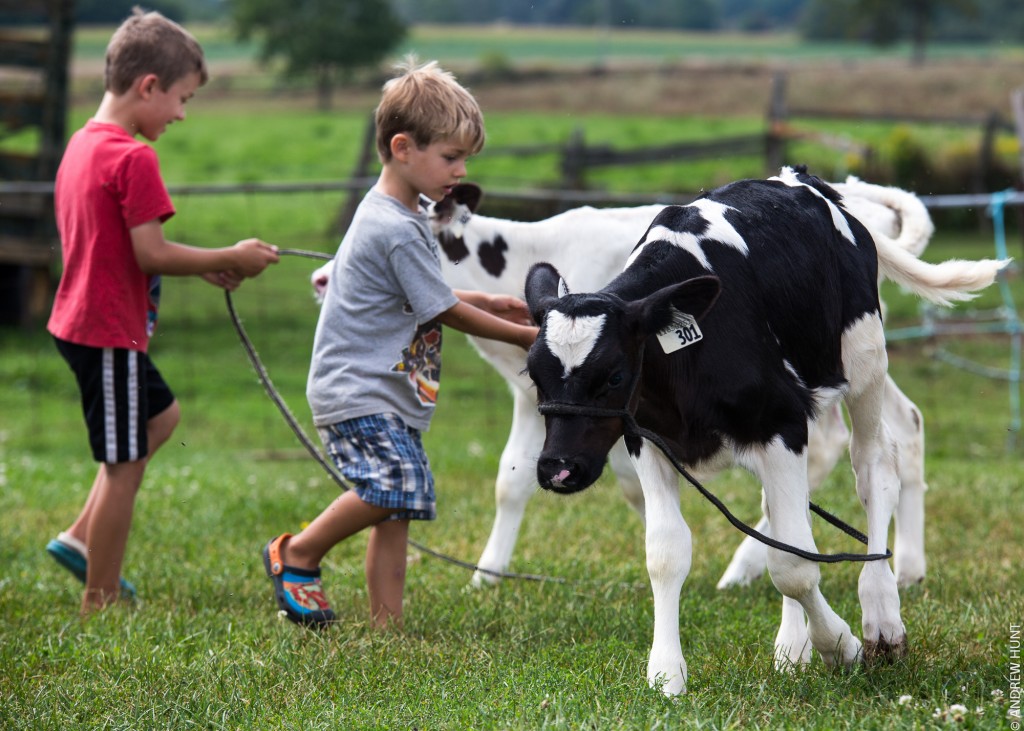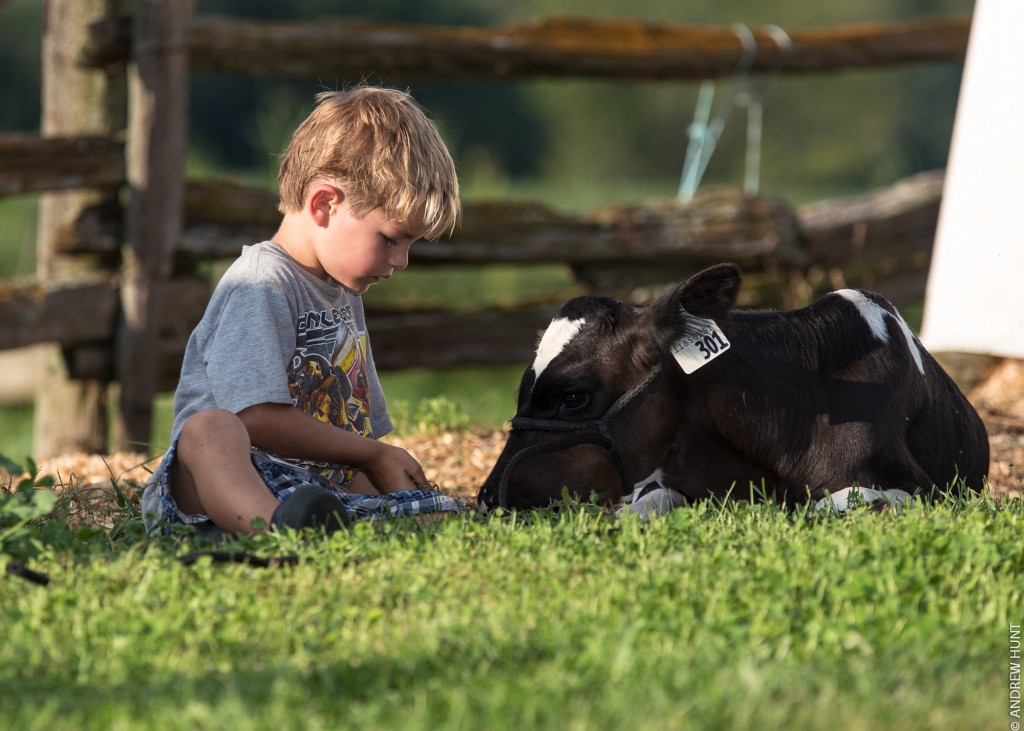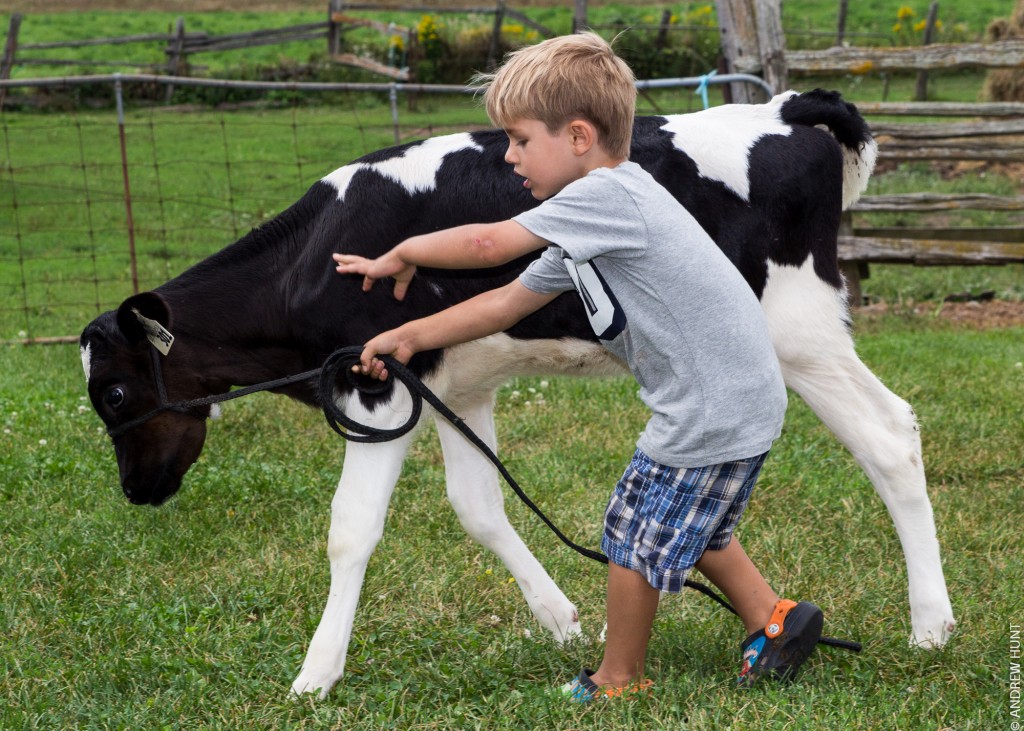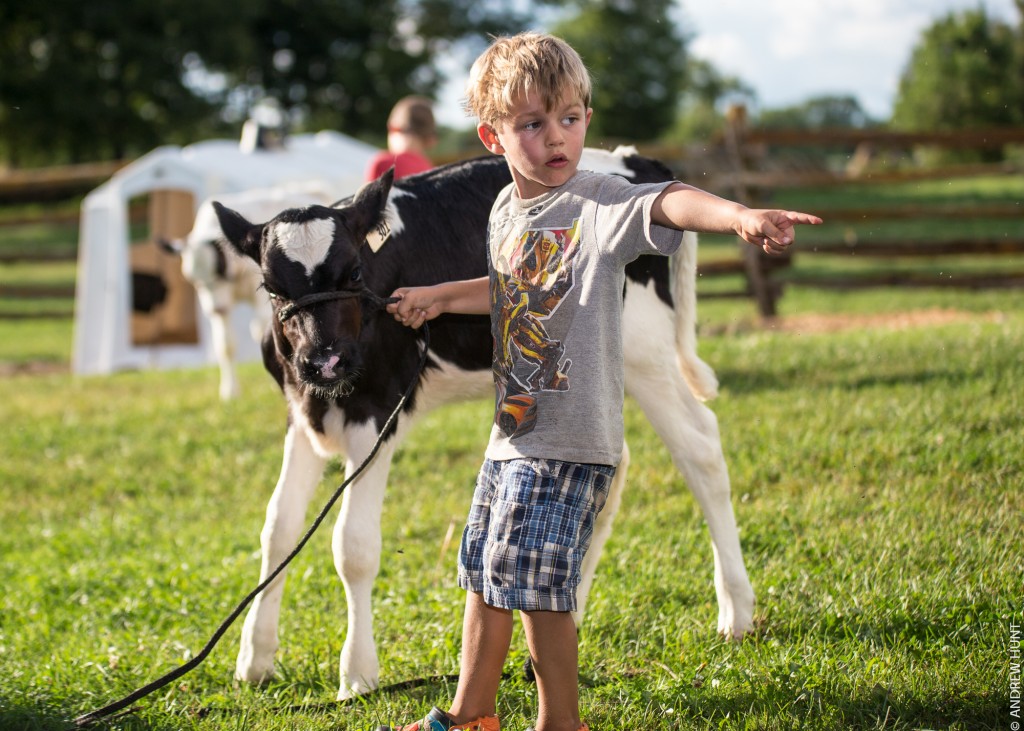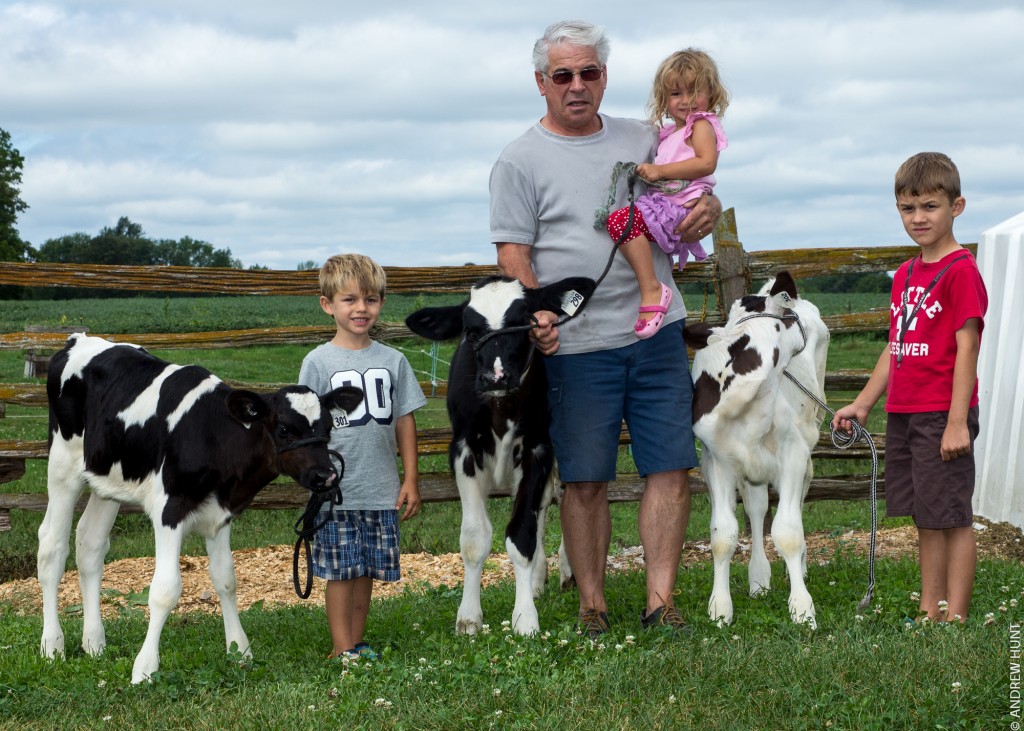Is your dairy farm ready for the unexpected? Discover essential contingency planning tips to ensure your operation thrives through any crisis. Learn more now.
Imagine waking up to discover a disease spreading across your herd or a vital piece of equipment on your dairy farm that has failed. Though they don’t have to, these situations can flip your life around. This is the reason a robust contingency plan is essential. ” Everyone has a plan until they get punched in the mouth,” Mike Tyson stated. For dairy producers, such blows may represent severe storms, abrupt changes in the market, or health emergencies.
Your farm’s safety net is contingent on planning. Planning for the “what-ifs” ensures survival and potentially empowers you to thrive in the face of unforeseen challenges. The statement, “It pays to be paranoid,” is a testament to this proactive attitude. Anticipating crises ahead gives you a sense of control, helping you manage them to reduce financial loss and disturbance. Embracing this proactive approach can help you protect your livelihood and the prosperity of your dairy farm.
Navigating an Era of Uncertainty: The Imperative of Robust Contingency Plans in Dairy Farming
The dairy sector’s many difficulties emphasize the importance of solid backup plans. The COVID-19 epidemic threw off labor availability, supply chains, manufacturing, and market demand; farms had to keep running while ensuring staff health.
Changes in government policies add yet more intricacy. Changing trade agreements, agricultural policy, and environmental laws force dairy producers to react fast, influencing financial stability. These new rules might throw off corporate models, so brilliant reactions are needed to stay viable.
The H5N1 avian influenza outbreaks and Foot-and-Mouth Disease (FMD) danger highlight supply chain weaknesses. These illnesses underline the importance of preparation with movement limits, further testing, and the interconnectedness of cattle health management.
Considering these overall difficulties, thorough backup preparations are essential. They enable dairy farms to negotiate unanticipated circumstances with resilience, protecting operations against uncertainty.
Grasping the Full Spectrum of Resources: Lessons from the Field to the Farm
During a crisis, one must know and use the resources at hand. High-stress military situations depend on fast access to information and resources, including air support and medevac facilities. This quick information flow emphasizes the need to understand all available tools.
As head of a dairy farm, maintain current with your supplies. Know where your processes and plans are, how capable your local emergency response teams are, and be aware of surrounding utility services. Like putting emergency medical supplies in key essential regions, prepositioning assets can improve your reaction time. This proactive strategy guarantees your readiness for effective crisis management.
Financial Resilience: The Pillars of Working Capital and Equity
Financial readiness, with enough accessible cash reserves and working capital, is your first line of protection in any crisis. It provides a sense of security that operations can continue even with unexpected disturbances. Keeping enough reserves to cover four to six months of running costs ensures that the money is readily available if anything happens to the primary account holder, offering a reassuring safety net.
Just as crucial is maintaining a solid financial sheet. On a market-based balance sheet, aim for a net worth of more than 50% to guarantee further funding in case of long-term difficulties. The harmony between solid equity and good operating capital will enable your business to withstand small and significant challenges.
Critical elements of a robust risk management plan include many insurance products and market price protection measures. Crop insurance, income insurance, and other coverages protect your working capital and equity. This multi-layered strategy helps stabilize your financial situation, strengthening your contingency plan.
Workforce Continuity: Jolene Brown’s Imperative for Implementing a ‘Plan B’
Jolene Brown emphasizes the need for having a “Plan B,” especially for employment readiness. Seamlessly transferring responsibilities may make all the difference in a crisis between continuous operations and debilitating downtime, instilling confidence. Employees must be cross-trained absolutely. If someone fails to fulfill their obligations, another may easily replace them, improving your staff’s redundancy and your confidence in your team’s preparedness.
Cross-training, however, needs to be improved. Create backup plans to manage unanticipated gaps. For instance, having bespoke operators ready for harvest or custom heifer raisers to do chores would immediately help amid labor shortages. These outside alliances guarantee constant output even with internal disturbances.
Establishing a culture wherein leaders are dedicated to teaching their successors is also vital. Good succession planning includes continuous mentoring, enabling essential staff members to acquire leadership positions. This guarantees a seamless change in case of unexpected absences and improves the competency of your staff. A good succession plan addresses leadership change and asset transfer, enabling your business to flourish even under challenging circumstances.
Addressing Leadership Voids: Comprehensive Succession Planning for Dairy Farm Resilience
The unexpected death of a principal owner is one of the most challenging obstacles a dairy farm faces. Clear management transition plans and beyond asset transfer should be part of succession planning. This guarantees constant output and morale. Clearly defining responsibilities for successors, implementing management handover procedures, and creating business continuity plans are vital. Planning for asset distribution and leadership succession helps farms maintain stability and handle challenges properly.
Conducting Scenario-Based Training: The Pillar of Crisis Preparedness
Scenario-based training or “war gaming” greatly aids preparation for possible crises. From natural calamities like floods or tornadoes to crises like disease outbreaks or equipment breakdowns, this entails building thorough, realistic scenarios that can affect your dairy farm.
Create your leadership team to evaluate the most relevant circumstances based on probability and possible influence. For example, whereas power outages are frequent, the effects of a parlor fire—though less likely—could be significantly more catastrophic.
Once situations are recognized, create a basic, step-by-step reaction strategy. These should encompass quick actions, communication plans, financial distribution of resources, and rehabilitation techniques. Specify roles and obligations to prevent uncertainty during a natural occurrence.
Including your whole farm team, these drills will help them. This guarantees everyone understands their part and offers insightful analysis from several angles. As genuinely as possible, replicate the situation by upsetting regular operations and deploying emergency gear.
During a crisis, assign tasks linked to many purposes; rotate these responsibilities in repeated exercises to improve cross-training and guarantee redundancy—record observations on the team’s answers, timeliness, and crisis management prowess.
Following protocols:
- Debrief once more.
- Discuss what went well and point out areas needing work.
- Change the plans, then inform the staff about these new ideas.
Using scenario-based training and consistent use of these rules improves the resilience and preparedness of your operations. This readiness guarantees that should a true crisis arise, your farm is ready to manage it quickly and successfully, helping team members develop confidence.
Strategic Communication: Safeguarding Information Flow in Times of Crisis
A crisis calls for good communication. A company policy guarantees constant information flow and helps to solve problems. Create backup lines of communication—like satellite phones or radios—to let everyone know should the central systems fail. Assign certain people to represent the farm to prevent contradicting claims. These contingency plans improve the farm’s resilience and guarantee a coordinated reaction during crises.
The Bottom Line
The resilience and success of your dairy farm depend on proactive contingency planning. You set your farm to withstand any storm by inventorying your resources, keeping finances solid, guaranteeing personnel continuity, creating succession plans, doing scenario-based training, and developing communication protocols. The fluid character of our sector calls for not only the development of these strategies but also their ongoing improvement and application.
Every exercise, revised plan, and team training session advances you toward mastery of unpredictability. In dairy farming, excellent preparation will help one differentiate between prospering and surviving. Thus, act right now. Examine your present contingency plans, find flaws, call on your staff, and pledge frequent drills and upgrades. The future of your farm relies on it. Investing in thorough and proactive preparation now guarantees that, should anything arise, you and your farm are ready to meet it squarely.
Key Takeaways:
- Comprehensive Resource Inventory: Always know what equipment, protocols, and local emergency response resources are available to you.
- Financial Preparedness: Maintain four to six months of operating expenses in accessible funds, and ensure proper account management for continuity.
- Workforce Redundancy: Cross-train employees and have fallback options to ensure continuous operation in case of unexpected disruptions.
- Succession Planning: Clearly outline management and operational succession plans to carry your farm through any significant leadership changes.
- Scenario-Based Training: Engage in regular training exercises to simulate various crises, ensuring protocols are practiced and improved over time.
- Effective Communication: Establish redundant communication channels and be clear about who is authorized to speak on behalf of the operation.
Summary:
Dairy producers need a robust contingency plan to survive and thrive in the face of unforeseen challenges, such as the COVID-19 pandemic, changes in government policies, H5N1 avian influenza outbreaks, and Foot-and-Mouth Disease (FMD) danger. During a crisis, it is crucial to understand the full spectrum of resources, including knowledge of processes, local emergency response teams, and surrounding utility services. Prepositioning assets can improve reaction time and guarantee readiness for effective crisis management. Financial readiness, with enough cash reserves and working capital, is the first line of protection in any crisis. A robust risk management plan includes insurance products and market price protection measures, such as crop insurance and income insurance. Adopting a proactive approach allows dairy farms to navigate unanticipated circumstances with resilience, protecting operations against uncertainty. A “Plan B” for employment readiness involves seamless transferring responsibilities, creating backup plans, and establishing a culture where leaders are dedicated to teaching their successors. Good succession planning includes continuous mentoring, enabling essential staff members to acquire leadership positions, and improving staff competency. A leadership team evaluates relevant circumstances, creates a basic reaction strategy, and involves the entire farm team in drills. Strategic communication is essential in a crisis, and backup lines of communication are created to keep everyone informed.








